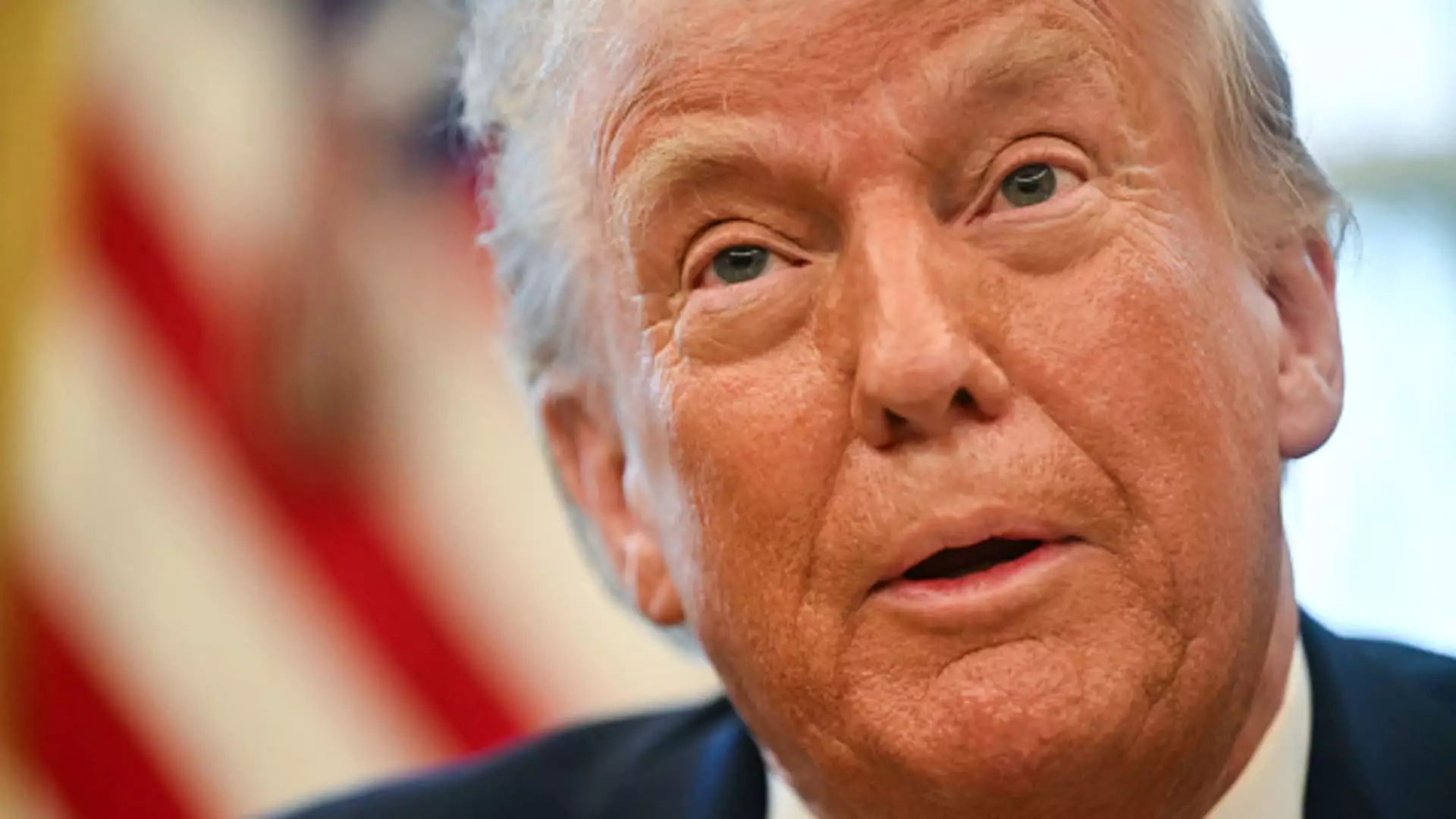The idea of establishing a sovereign wealth fund in the United States, recently proposed by President Donald Trump, has stirred considerable discussion surrounding its potential to bolster economic development and enhance national influence. This initiative aims to utilize a government-managed fund as a tool for investing in various infrastructures such as airports and highways while exploring opportunities to alleviate specific social media concerns, like the controversial TikTok situation. As the United States grapples with significant budget deficits, this approach raises questions about its feasibility and effectiveness compared to existing models in other countries.
Treasury Secretary Scott Bessent outlined that the proposed sovereign wealth fund would be developed within a year, harnessing liquid assets and revenue-generating assets embedded in the U.S. economy. The ambition extends to monetizing federal assets for the collective benefit of American citizens, a notion that evokes the kind of wealth-building strategies employed by nations such as Norway and Singapore. By tapping into taxes on natural resources, financial transactions, and even carbon usage, the fund aims to create a sustainable funding mechanism—a strategy not without merit given the complexities of the current economic landscape.
While the details of this plan remain sparse, there’s an implicit understanding that such a fund could act as a financial buffer, reducing the nation’s reliance on issuing Treasury debt. However, the behemoth challenge appears to be transitioning from conceptualization to practical application, including the justifications for how investments would be selected and managed.
Sovereign wealth funds have been predominantly the domain of smaller nations endowed with abundant natural resources and fiscal surpluses. Norway’s fund tops the global scale with over $1.7 trillion in assets, while China and Singapore follow with substantial portfolios that navigate volatile global markets effectively. In stark contrast, the U.S. faces escalating budget deficits, which raises questions about funding sustainability. This proposal seems to tread new waters, elevating the conversation about financial strategy in a country that has predominantly operated with a deficit-driven economic model.
The U.S. sovereign wealth fund, if realized, may not only be a strategic economic tool but also a necessary response to the growing competition from these established funds, enabling the U.S. to invest in diverse global markets.
Despite the envisaged benefits, the proposal comes laden with criticisms, particularly regarding transparency and governance. Stakeholders have warned that without stringent regulations and monitoring, sovereign wealth funds could become embroiled in issues of conflicts of interest and corruption. Moreover, the ambitious timeline and the broad scope of potential investments pose risks; efficient operational management will be crucial for success.
Issues surrounding public confidence in the fund’s objectives and accountability are pivotal. Critics urge that any governance framework must be robust and transparent to alleviate concerns over mismanagement and to ensure that the fund operates in a manner that truly benefits the public.
The proposal for a U.S. sovereign wealth fund underscores a strategic shift toward more proactive economic policies in the face of international competition and domestic financial challenges. However, the journey from policy idea to practical implementation is fraught with complexities that demand careful consideration of governance structures and funding mechanisms. As this proposal develops, attention to transparency and ethical management will be vital to garnering public support and achieving its ambitious objectives. The concept signals significant potential, yet it must be grounded in a framework that prioritizes public welfare and sustainable economic growth.

Leave a Reply